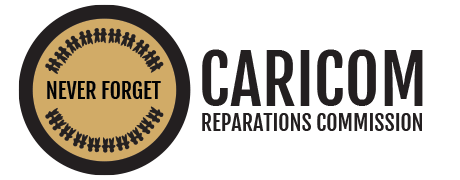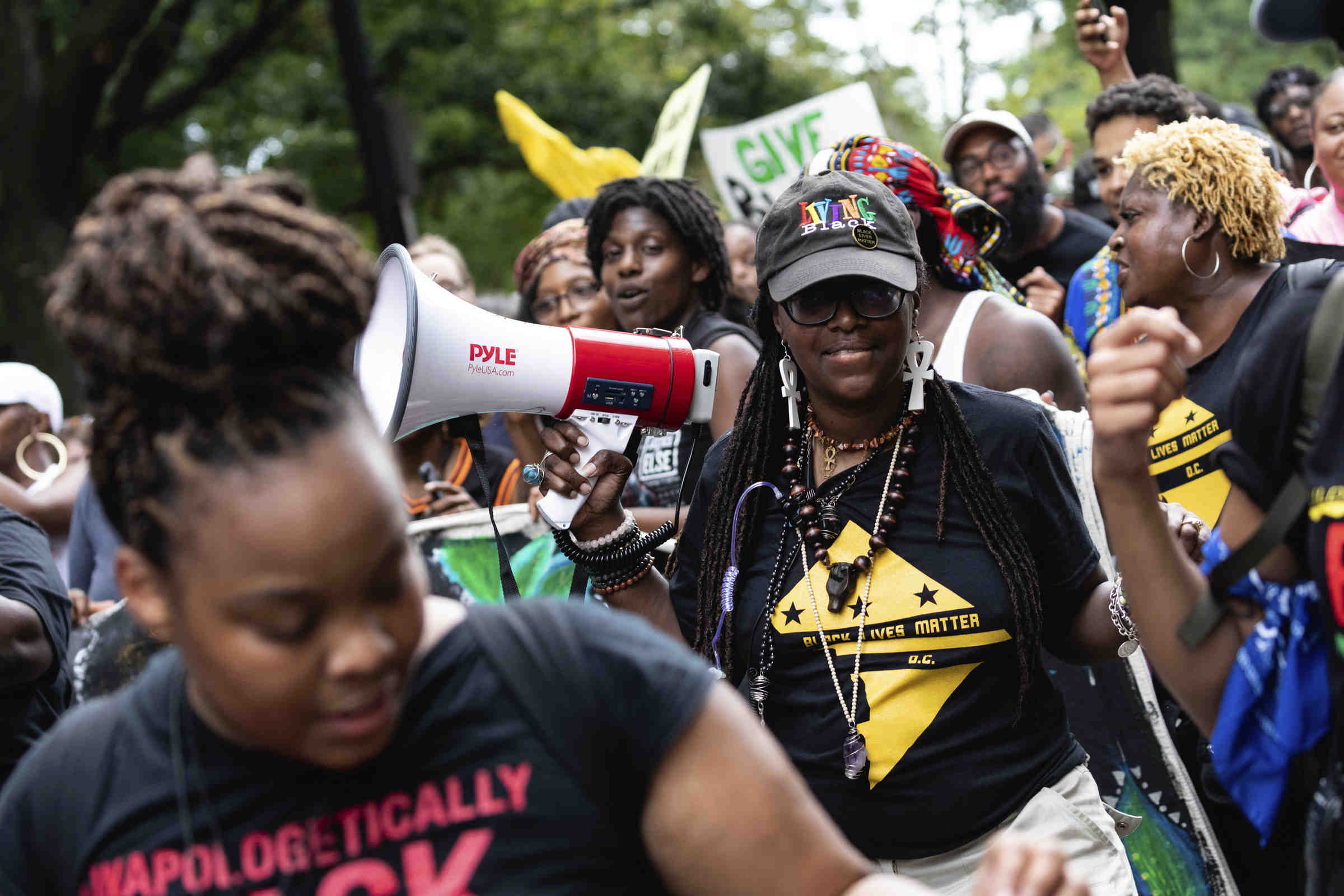This century will know no greater mass movement than the struggle for reparations. It is no longer a matter of if, but when.
By Hilary Beckles
At the 2001 United Nations Conference on Race and Xenophobia in Durban, South Africa, it was evident that the reparations struggle would evolve into the greatest and most transforming political and moral movement of the 21st century. The evidence rises like the morning sun every day to solidify this truth. Enlightenment follows where ever this discourse is raised and demands are made. The world it seems, after centuries of hosting and harboring the greatest human crimes and criminals, is now ready to make up its mind.
Chickens of this character never come home to roost. They have to be pursued and forced to face the light of the new dawn. There is no container on Earth large enough to conceal the dust and debris of the crime. Beneficiaries enriched by slave-based economies and societies and their descendants and inheritors have always wished to discredit and bury the evidence. But there is no containing the truth that everywhere in the enslaved and colonized world where white folks made fantastic fortunes, the presence of brutalized Black folks cannot be denied.
This 21st-century reparations movement is the Fourth Rising of Black folks. In the First Rising, we resolved with righteous indignation as a people to overthrow the crime of chattel enslavement, that unprecedented toxic system of social and economic plundering that polluted the world in the aftermath of Columbus’ Atlantic adventures.
In the Americas, from Alaska to Argentina, every white-controlled society was determined to genocidally dispose of Indigenous people and to proceed to build social and production systems on the basis of African chattel enslavement. Uprooting these systems by force of arms was the resolve of the enslaved African. The result was a 400-year war — one protracted struggle across a continent — to end the abomination and barbarity and to allow freedom to reign. It took near 100 years to secure the legal uprooting of the evil. First in Haiti in 1804, then through most of the Caribbean and the United States in the mid-19th century, and finally in Brazil and Cuba in the last quarter of that century, as legislators sought to extract liberty from slavery.
READ THE FULL REPARATIONS SERIES
The Second Rising came in the century after emancipation legislation. Enslavers, by legislation, had transformed the status of Africans from chattel property to a chased and chastised community without equal civil rights. They were converted into persons to be racially persecuted, politically pushed aside, and continually plundered for their labor. Emancipation enunciations suggested that enslavers believed black folks had fought their way out of the fire and jumped into the pan.
Everywhere freedom was achieved, a new war of laws was passed to limit the liberty of the liberated. The purpose of political and social containment was to continue the economics of extraction from the Black community. The nature of public institutional life in the United States, Canada, the Caribbean, Brazil, and beyond was the same; Black folks were held back by governments, federal and municipal, while white folks entrenched themselves through wealth extraction from the Black community. In so doing, they soared to hegemonic heights as controllers of corporate entrepreneurship and political leadership.
Thus began the eruption of the first stage of the Third Rising of Black civil rights struggles led by a committed core of Black youth sworn to tear down the most visible barriers to collective progress. From Frederick Douglas and W.E.B. Dubois to Marcus Garvey, the struggle against the continuation of plantation America, including its urban incarnation, knew no boundaries.
The second stage of the Third Rising, and immediate extension, in the 1960s was a watershed that had as its mission the final uprooting of the vestiges of enslavement. Including Malcolm X, Martin Luther King, Kwame Ture, this struggle continues today in multiple forms, with Black Lives Matter and other grassroots movements, small and grand. Together they confront legacies of racist legislation with a new sense of community indignation.
Read full article →





